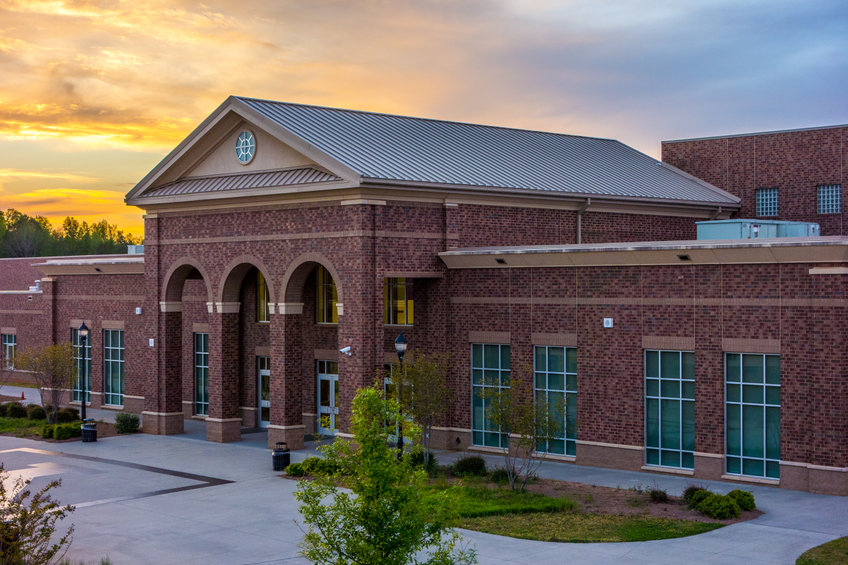“It takes a village!” Youth suicide prevention depends on collaboration. It doesn’t make sense to try to do it alone. Schools are not islands in a community; they are an integral part.
If your school does not have a suicide prevention plan, or it isn’t current, there is no need to start from scratch. Gather a few people together to review resources and create a plan.
The American Academy of Pediatrics recently published a blueprint for youth suicide prevention. Within that blueprint is a comprehensive list of strategies designed to help schools and their communities work together to prevent youth suicide.
You've heard the expression "more heads are better than one." Who should be included on your suicide prevention planning committee? District leaders, counselors, and teachers are natural choices, but don't overlook potential valuable partners in the community. For example, do you have a pediatrician on your team?
Take a look at the examples of groups and organizations on the list below. Collaboration with these groups might expand your thinking beyond a typical list of community partners.
_______________________________________________________________________
The American Academy of Pediatrics offers these recommendations:
The first step in this work is to check in with partners in your community to find out what suicide prevention initiatives already exist in your area.
Consider checking in with potential partners, including:
- Schools or School Districts
- Colleges and Universities
- Parent groups such as your local Parent Teacher Associations/Organizations
- Faith-based/Religious organizations
- Community leaders or tribal elders
- Youth (consider peer-education groups or school clubs)
- Community groups such as a Youth Club, 4H club, or Boys and Girls Club
- Scouting or sports organizations
- Group and residential care organizations
- Foster and Adoptive Parent Association
- Organizations serving children with special health care needs
- Mental health organizations
- LGBTQ2S+ organizations
- County mental health clinics or crisis centers
- Organizations involved with the juvenile justice system
- Academic enrichment/Tutoring organizations
- College advising or student-life organizations
- Elected officials
- Youth suicide or bereavement support groups
- Your state suicide prevention coordinator
- Your local chapter of the American Foundation for Suicide Prevention (AFSP)
- Your local chapter of the American Academy of Pediatrics (AAP)
- Your local chapter of the National Alliance for Mental Illness (NAMI)
Community engagement is a key strategy for advancing suicide prevention within diverse communities.
Sustained community engagement can help reduce barriers to care and service use and increase engagement among under-resourced populations.
_______________________________________________________________________
Suicide prevention requires focus and effort. Today is a good day for your school to get started on your best prevention plan. You know that change takes time and requires active participation, and it won’t be easy. You will never know how many lives you save, but you can be certain that your efforts will increase awareness and bring the community together for a common goal.
 A
Culture of Caring: A Suicide Prevention Guide for Schools (K-12) was
created as a resource for educators who want to know how to get started and
what steps to take to create a suicide prevention plan that will work for their
schools and districts. It is written from my perspective as a school principal
and survivor of suicide loss, not an expert in psychology or counseling. I hope
that any teacher, school counselor, psychologist, principal, or district
administrator can pick up this book, flip to a chapter, and easily find helpful
answers to the questions they are likely to have about what schools can do to
prevent suicide.
A
Culture of Caring: A Suicide Prevention Guide for Schools (K-12) was
created as a resource for educators who want to know how to get started and
what steps to take to create a suicide prevention plan that will work for their
schools and districts. It is written from my perspective as a school principal
and survivor of suicide loss, not an expert in psychology or counseling. I hope
that any teacher, school counselor, psychologist, principal, or district
administrator can pick up this book, flip to a chapter, and easily find helpful
answers to the questions they are likely to have about what schools can do to
prevent suicide.


